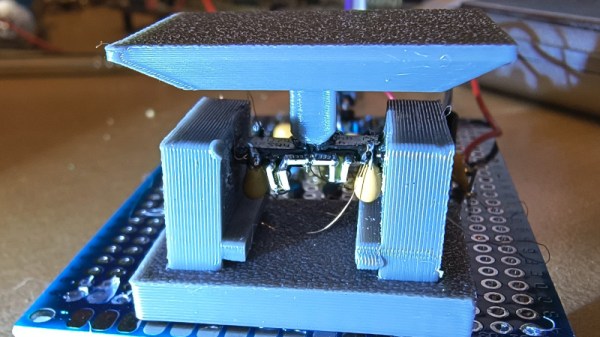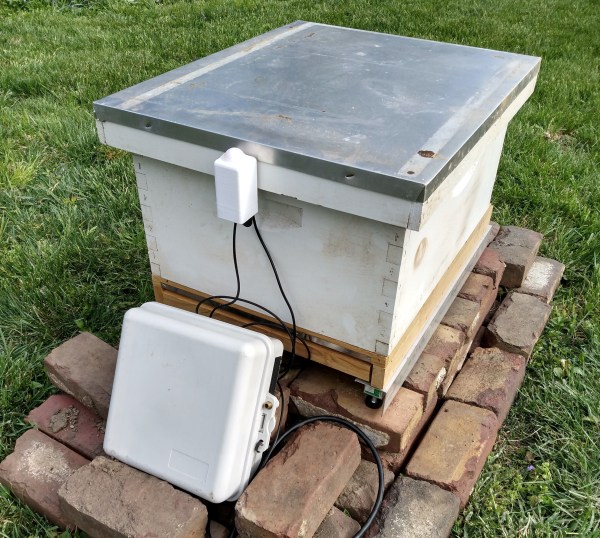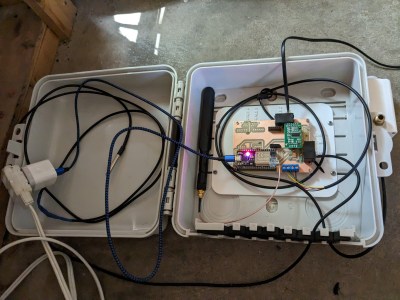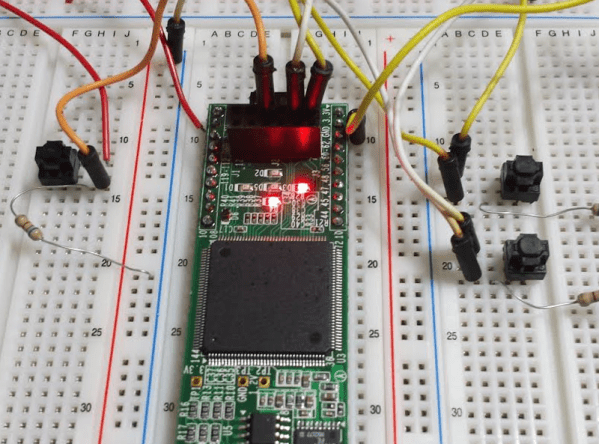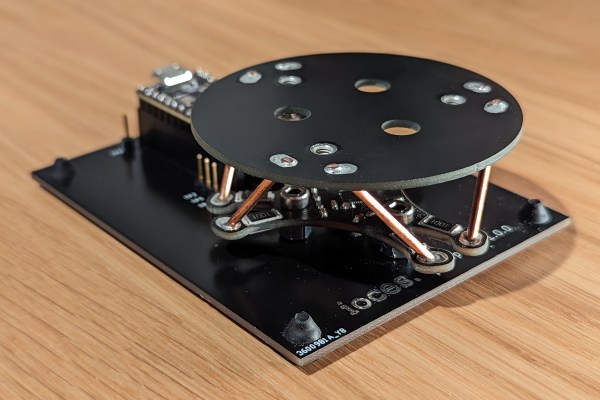The late and lamented [Bob Pease] was one of a select band of engineers, each of whose authority in the field of analogue integrated circuit design was at the peak of the art. So when he remarks on something in his books, it’s worth taking notice. It was just such an observation that caught the eye of [Trashtronic]; that the pressure on a precision op-amp from curing resin could be enough to change the device’s offset voltage. Could this property be used for something? The op-amp as a load cell was born!
The result is something of an op-amp torture device, resembling a small weighing machine with a couple of DIP-8 packages bearing the load. Surprisingly modest weights will change the offset voltage, though it was found that the value will drift over time.
This is clearly an experimental project and not a practical load cell, but it captures the essence of the 2025 Component Abuse Challenge of which it forms a part. Finding completely unexpected properties of components doesn’t always have to lead to useful results, and we’re glad someone had done this one just to find out whether or not it works. You still just about have time for an entry yourself if you fancy giving it a go.

